When the outdoor temperature drops below a certain point, your pipes may suffer the consequences of the freezing cold. If the pipes become frozen, this could obstruct your access to the water supply. The situation could escalate even further if the frozen pipes burst open. The water may come rushing out of the broken pipes and create significant flooding damage around your premises.
If you see some frost on a visible pipe, this is a strong indication that you have a frozen pipe. If you turn on the faucet and there is no water, this could be another sign that you have a frozen pipe. Finally, if there are any strange smells coming out of a faucet, it is possible that a section of the corresponding pipe could be frozen.
There are several preventative measures on how to keep pipes from freezing in the cold:
Step #1: Understand which pipes are vulnerable to freezing.
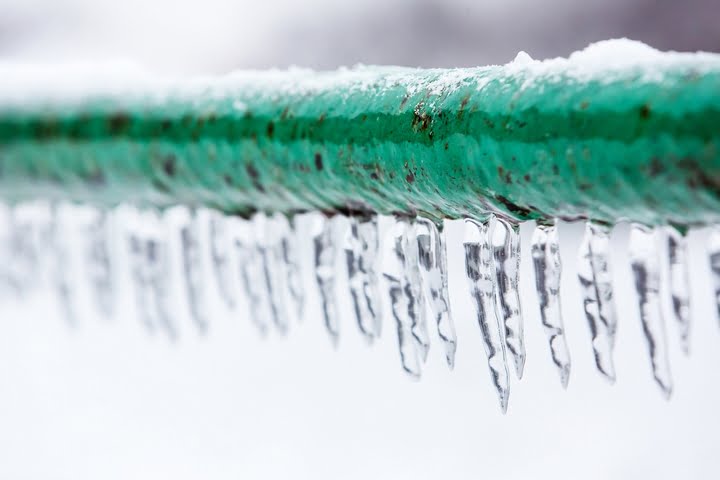
If you live in a cold climate, your pipes may be susceptible to freezing when the temperature gets abnormally cold. There are certain kinds of pipes that have a greater risk of freezing in the cold. The most vulnerable pipes are usually the ones located in basements, attics, garages, and unoccupied rooms that may not receive as much heat.
In addition, the pipes located along exterior walls are quite vulnerable to freezing, since many of them have never been properly insulated. Once your plumbing inspection reveals which pipes are prone to freezing, you can take the appropriate measures to keep the pipes from freezing.
Step #2: Let the water drip from your faucets.
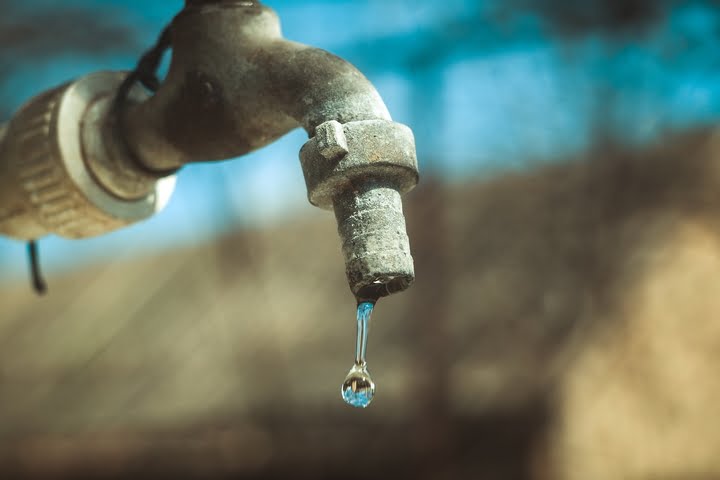
Letting the water drip from your faucets is one of the best ways to keep the pipes from freezing. This is because when water flows through the pipes, the motion will help to keep the pipes in active operation.
Even if the pipes do freeze, at least they will be less likely to burst if the faucet is open. When a pipe becomes frozen, the pressure between the frozen section and the faucet is what can make it burst. By letting the water drip from the faucet, you will be able to relieve this pressure.
Step #3: Disconnect your garden hose.
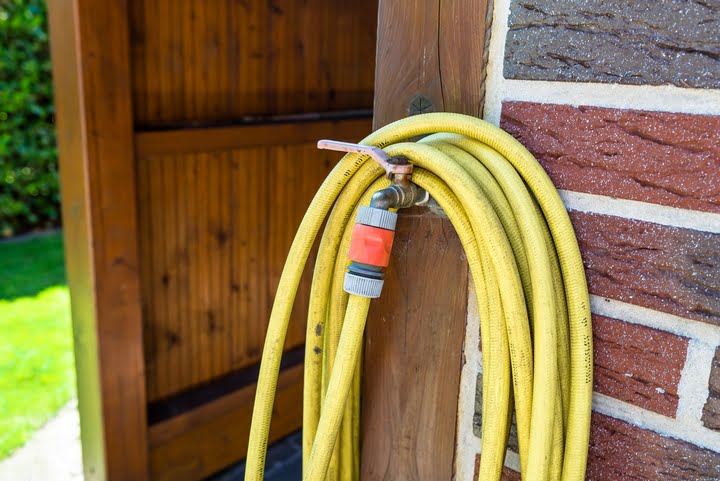
Your garden hose is vulnerable to freezing, so you should disconnect it to keep the pipes from freezing before winter arrives. As you do so, you should also drain your exterior faucet, leaving it slightly open to prevent the pipes from freezing.
In addition, remember to shut off the water supply of the faucet. It should be located within your basement or in a crawl space, near the wall where the pipes go outside.
Step #4: Improve the insulation of your pipes.
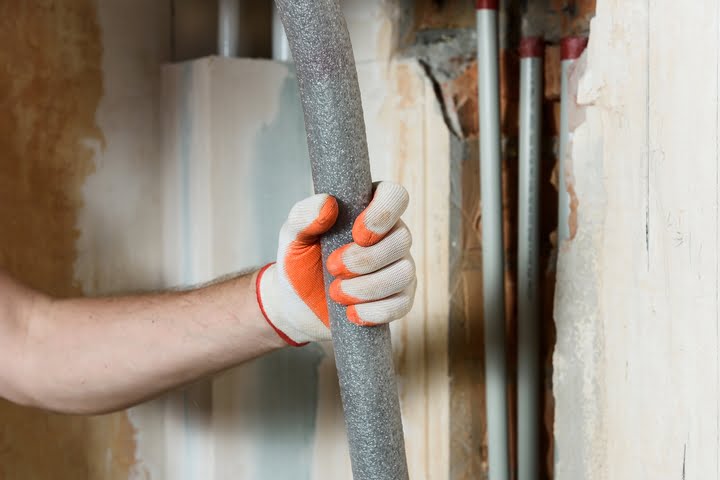
You can keep the pipes from freezing with proper insulation. Some popular options include heat tape, foam sleeves, and rubber sleeves, all of which can be installed on exposed pipes. The installation process should be easy and inexpensive. If most of your pipes aren’t easily accessible, you can call a plumber to help with insulating the pipes.
In addition, you should also improve the insulation around different parts of your home. Be sure to add some extra insulation to your garage, your attic, and your basement. Spray some insulation foam around holes wherever a pipe is running through an exterior wall or through the floor. To prevent cold drafts, you also need to seal cracks and gaps around your windows and doors.
Step #5: Open your bathroom and kitchen cabinets.
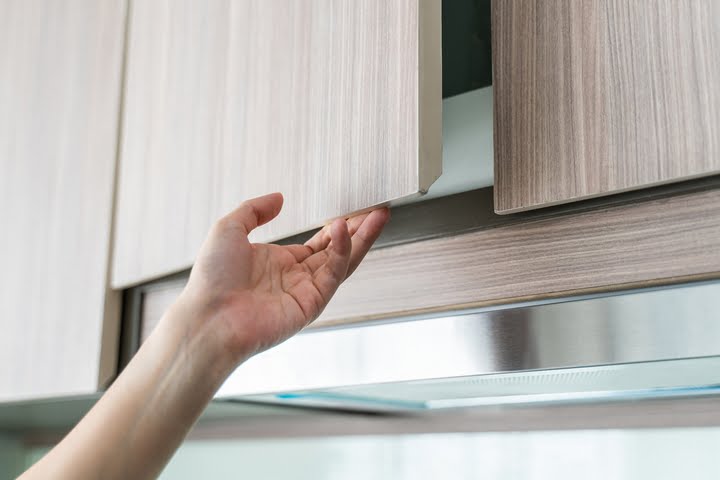
Pipes are often located inside cabinets. If there are pipes in bathroom or kitchen cabinets placed against an exterior wall, these areas are particularly vulnerable to freezing at colder temperatures.
By leaving the bathroom and kitchen cabinets open, this will allow the warm air in your home to circulate around the pipes. If the cabinets are left closed, the warm air won’t be able to reach the pipes inside, which could potentially cause them to freeze.
Step #6: Don’t adjust the thermostat unless necessary.
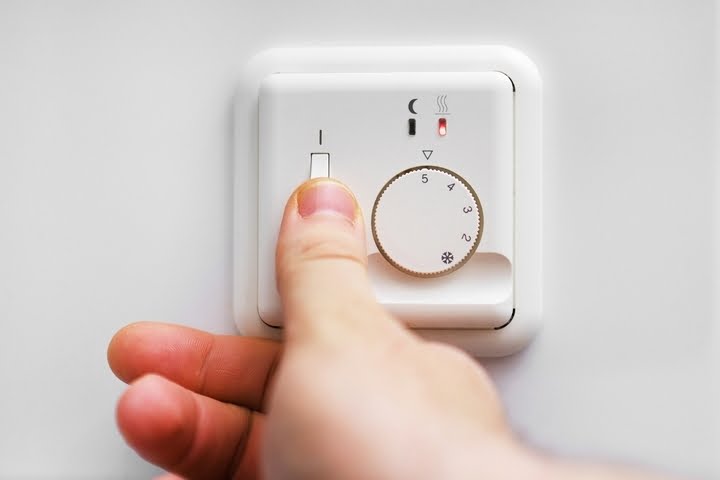
During the day, many of us tend to turn down the heat as the temperature gets warmer. However, this is not necessarily a good idea. When the thermostats are kept at a steady temperature throughout the day, this consistency will keep the pipes from freezing.
Step #7: Thaw the pipes if they are frozen.
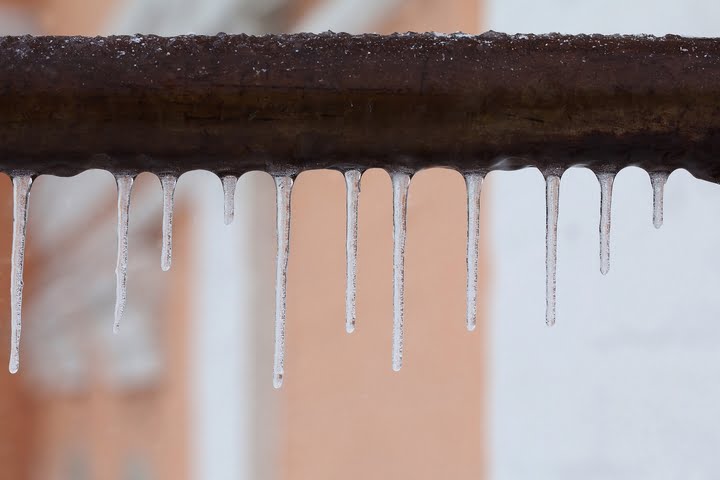
Despite your best efforts, the pipes may have become frozen due to the cold temperature. If these frozen pipes have already burst open, you need to shut off the main water valve and contact a plumber as soon as possible.
If the frozen pipes have not burst yet, you may be able to thaw them. First, turn on the faucet of any frozen pipes. Even if the water running through the pipes is cold, it will still help to melt the ice trapped inside. Afterwards, you should find ways to apply heat to the frozen pipe, such as wrapping an electric heating pad or using a hair dryer for warm air to circulate.
Another popular method is to soak towels in hot water and wrap them around the frozen sections of the pipe. Make sure to soak these towels in hot water frequently, as they will lose their heat to the cold over time. No matter which technique you end up using, the key is to keep applying heat to the frozen pipe until the water flows normally from the faucet again.



